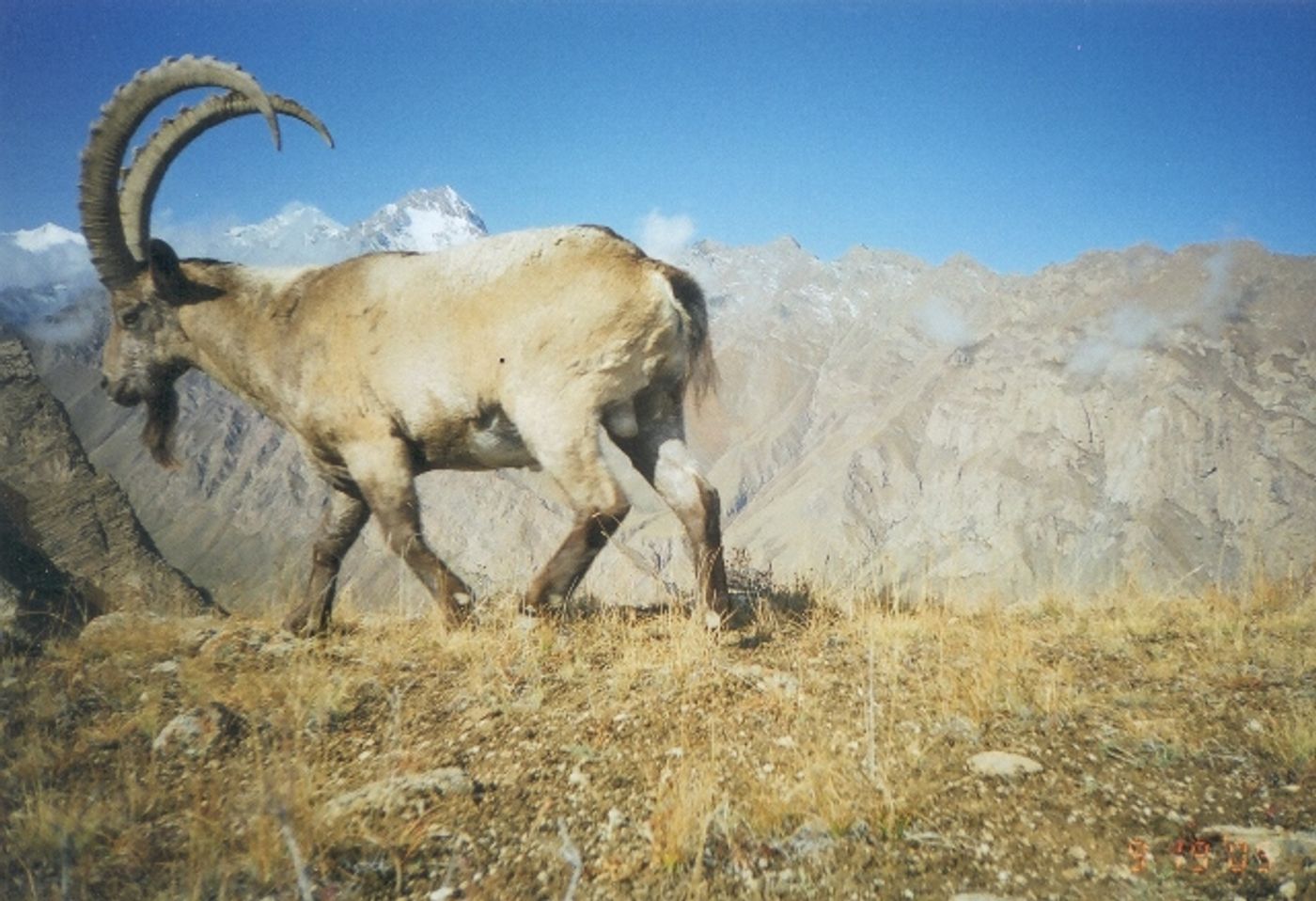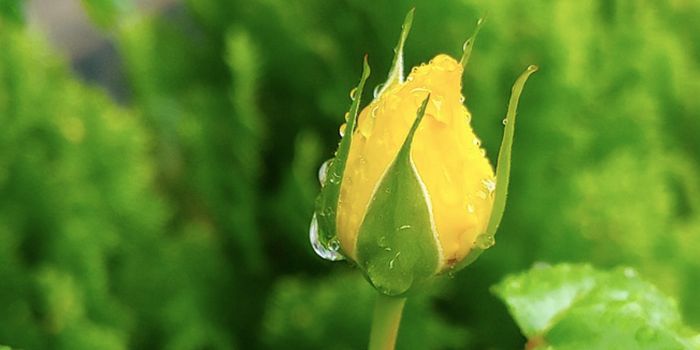From trophy hunting to wildlife sanctuary: Kyrgyzstan's snow leopard conservation
Kyrgyzstan’s President, Almazbek Atambayev, who took office in December 2011 has been making major strides for snow leopards.
“Since time immemorial, the Kyrgyz people have regarded the snow leopard as a sacred animal and as guardians of Kyrgyz warriors,” Atambayev said after taking office. “It is no mere chance that the first Kyrgyz leader received the name of Barsbek, or Master of Leopards. It’s incomprehensible that some Kyrgyz men, descendants of snow leopards, kill the cats and sell their fur to be fashioned into hats and coats. These men can barely be called human. Anyone who shoots a snow leopard shoots his own people. Anyone who sells snow leopard skins sells his own land.”

On this basis, the Kyrgyz government, along with local and international conservation NGOs, such as the Snow Leopard Foundation of Kyrgyzstan; the Snow Leopard Trust; and the David Shepherd Wildlife Foundation, the Shamshy initiative was introduced. The 100 square mile former trophy hunting area called Shamshy, in Kyrgyzstan’s northern Tian Shan mountains, is the ideal habitat for ibex and seasonal populations of argali and wolves. This vast snow leopard landscape has the potential to become an essential corridor between the home ranges of the endangered cats’ northern populations in Russia, Mongolia, and Kazakhstan and southern population in the Karakoram and Hindu Kush ranges. But this depends on the presence of their prey.
“Wild ungulates are the key prey for the snow leopard. Wherever their numbers are dwindling, if they’re hunted in an unsustainable way,” says Charudutt Mishra, acting executive director of the Snow Leopard Trust, “the number of snow leopards drops as well. So we’re trying to protect prey in order to save the predator.” He explains that the area’s ibex population could double or perhaps even triple with proper protection.

Shamshy will be used for research, education and limited ecotourism, and will involve the help of local people who will act as rangers to initiate community-based programs revolving around conservation. The Snow Leopard Trust explains that there will be camera trap population surveys of snow leopards, and distribution and abundance surveys of ibex and other species, as well as law enforcement trainings for park rangers, and possibly nature camps for local children are slated for the coming years.
This initiative is part of the conference that President Atambayev hosted in 2013 for all 12 snow leopard-range states. During the conference under the Bishkek Declaration, resulted the Global Snow Leopard and Ecosystem Protection Program, a multinational effort that aims to ensure that “snow leopards and the people who live among them thrive in healthy ecosystems that contribute to the prosperity and well-being of the range countries.”
There is the hope that if the pilot project of Shamshy goes well, then other reserves will open in the future for snow leopard conservation.
Sources: The Snow Leopard Trust, National Geographic








